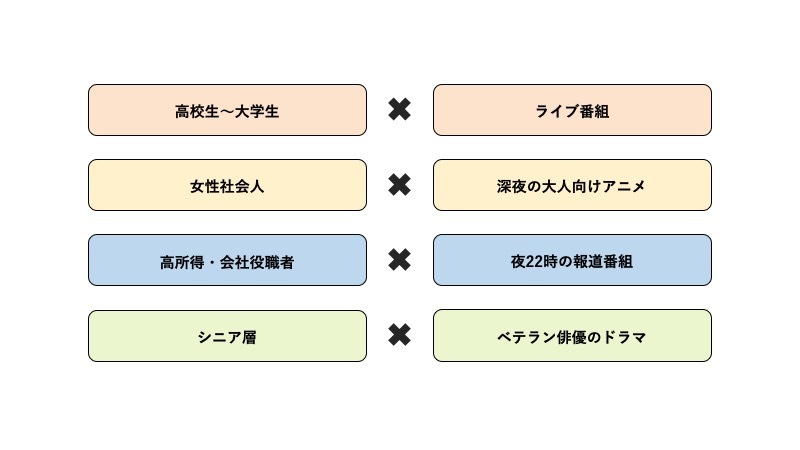In the fourth installment of this series, titled "What is the Usefulness of 'Time Advertising' During the Pandemic?", we introduced the effectiveness of time advertising (broadcasting commercials within advertising slots during TV programs).
So, how can you effectively utilize time-based advertising and expand your business by selecting from the vast number of TV programs? The key lies in the market structure of your product. Classifying market structures into patterns reveals "four market classifications" and "four approaches" for effectively utilizing time-based advertising.
Let's start by explaining the "Four Market Classifications."
"Who do you want to influence, and how?" Considering through four market classifications
Most product markets can classify advertising objectives based on the three perspectives listed below.
- Target audience size
- Target audience attributes
- The advertising objective: "Who do you want to influence and how?"
Here, using examples like soft drinks, skincare cosmetics, blended seasonings, and sports cars, we examine the four fundamental market classifications.
1. "Large Target Market"
First, for soft drinks, due to the nature of the product, everyone has the potential to purchase it.
- the target audience size is essentially as large as the entire market.
- The target attributes include people of all ages and genders, a diverse group. Focusing on the core target with the highest purchase probability while also reaching out to diverse attributes will lead to increased sales.
- Therefore, the advertising objective will likely be "Awareness Expansion/Presence Enhancement" (getting many people to recognize and recall the product at the same time).
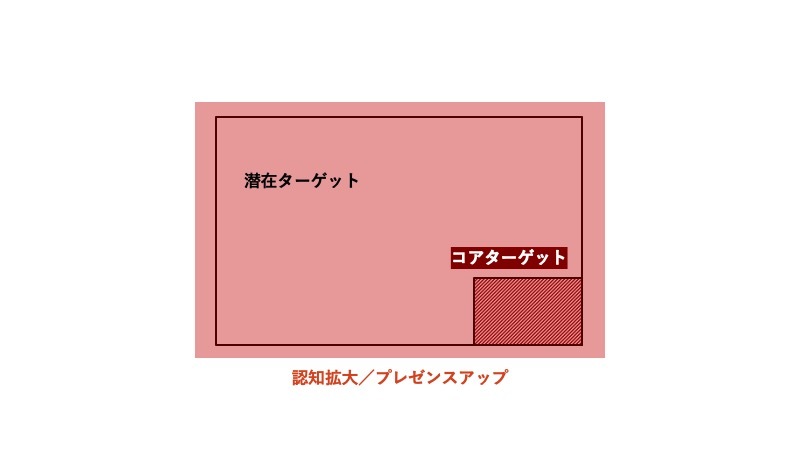
2. "Medium-Sized Target Market / Favorability Building Type"
Next, for skincare cosmetics, the target audience is segmented by factors like age and skin type,
- the target size becomes a somewhat narrowed-down, medium-sized market.
- Both the core target and potential target share common attributes like age and skin concerns.
- Since skincare cosmetics are products meant for continuous use, fostering long-term goodwill and loyalty among the target audience is crucial for the marketing strategy. Therefore, the advertising objective becomes "Favorability Building/Retention Promotion" (encouraging core targets and similar individuals to develop a favorable impression of the product/increasing purchase intent/encouraging repeat purchases).
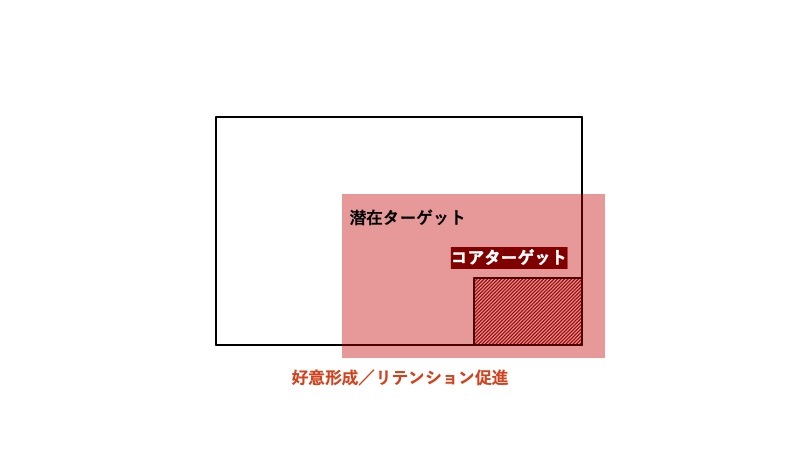
3. "Medium-Scale Target Market / Awareness Expansion Type"
For blended seasonings, the target primarily consists of people who cook meals at home.
- resulting in a medium-sized target market with relatively defined gender and age segments.
- Common attributes for both core and potential targets include cooking at home and having family members.
- Given the product's nature, it's crucial to broaden awareness and recall right before meals are prepared, when the need arises. Therefore, the advertising objective is "Awareness Expansion / Stimulating Usage/Purchase Intent" (making core targets and similar individuals aware of the product / reminding them of it at the same time).
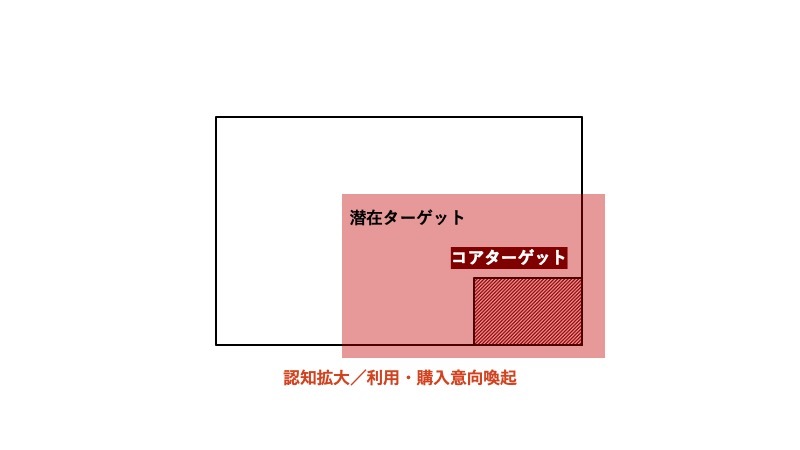
4. "Limited Target Market"
For the final sports car example, as it is a high-end product,
- the target audience is significantly narrowed to "people who are passionate about cars and are willing to spend generously."
- Target attributes are limited to more distinctive conditions such as income, automotive preferences, and values.
- In the marketing strategy, it becomes crucial to make the target audience feel a strong attraction to the brand's worldview. Therefore, the advertising objective becomes "Image/Worldview Cultivation/Feature Understanding" (creating a specific image for the core target audience / helping them understand the product's characteristics).
Mastering Time Ads! 4 Approaches
As explained above, the "4 Market Classifications" require advertising operations tailored to the target structure. In fact, time-based advertising possesses the flexibility to adapt to this diversity in target structures. Now, let's introduce the "4 Approaches" for time-based advertising that align with each market classification.
1. "Reach Approach" for "Large-Scale Target Markets"
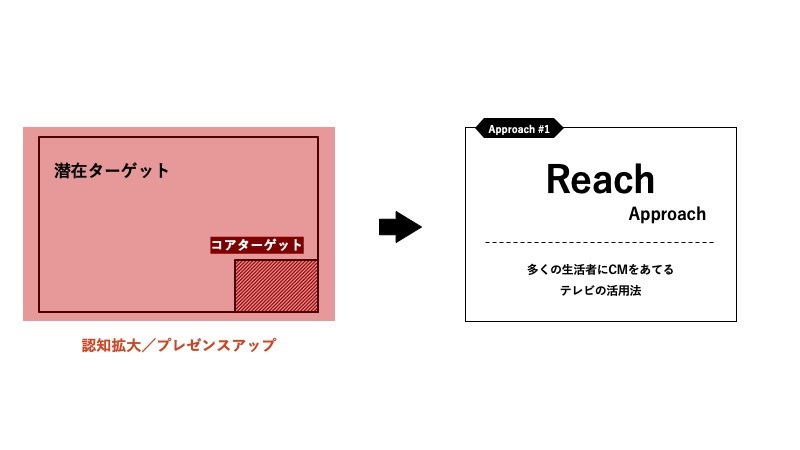 The "Reach Approach" maximizes television's reach power.
The "Reach Approach" maximizes television's reach power.
When the target audience is extremely large, rapidly expanding awareness and interest within a short timeframe creates significant marketing opportunities. A 1% national viewership rating for terrestrial TV broadcasts translates to an audience of 1 million people. Time advertising provides the opportunity to have these viewers watch a 30-second long commercial. Big content like major sporting events, popular dramas, or large-scale comedy shows can reach 7 to 10 million people at once, creating outstanding reach effects.
Furthermore, by leveraging the expertise of Dentsu Inc. in its proprietary target analysis system " People Driven Score " and the target integration reach maximization tool " Program Formation Checker," it is possible to instantly and accurately create combinations of programs with high reach efficiency based on data.
2. For "Medium-Sized Target Markets / Favorability Formation Type": "Frequency Approach"
 The "Frequency Approach" leverages the "continuous viewing effect," a characteristic of television programming as a medium.
The "Frequency Approach" leverages the "continuous viewing effect," a characteristic of television programming as a medium.
To maintain continuous interest in a brand or encourage repeat purchases, the cumulative number of ad exposures over a set period is crucial.
Therefore, leverage the characteristic of TV programs where "many people habitually watch the same programs consistently." Data confirms that continuously airing commercials within the same program steadily strengthens interest in the product. TV program sponsorship offers advantages beyond the commercial itself, such as sponsorship credits, further amplifying brand recognition effects.
Furthermore, by utilizing Dentsu Inc.'s proprietary "People Driven Score" data, you can select programs with high ratings among your target audience. This allows you to continuously increase the desired group's interest in your brand and maximize purchase opportunities.
3. For "Medium-Scale Target Market/Awareness Expansion Type": "Moment Approach"
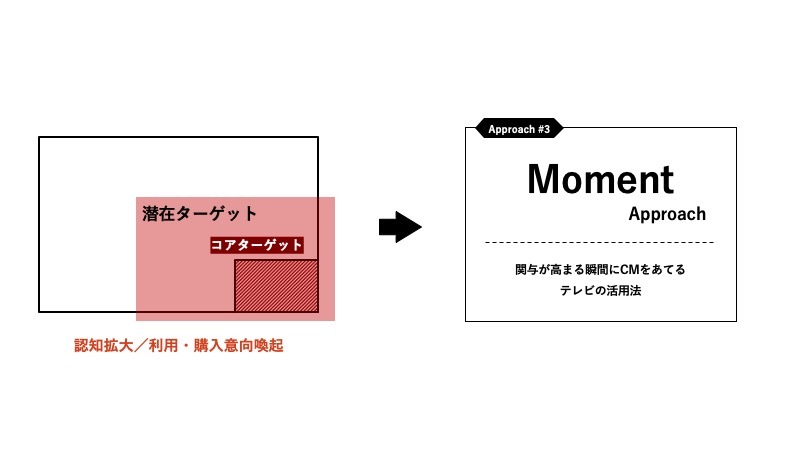 The "Moment Approach" leverages the broadcast timing of television programs, which air 24 hours a day, 365 days a year.
The "Moment Approach" leverages the broadcast timing of television programs, which air 24 hours a day, 365 days a year.
In our daily lives, we have different desires depending on the timing. We want to start the day feeling refreshed in the morning, seek relaxation in the evening, and have heightened interest in enjoyable activities on weekends. Since TV programs cover all time slots, it's easy to stimulate the specific desires of the target audience that arise during these particular moments. When there is a clear moment when the target's desire becomes apparent, the power of time-based advertising, broadcast at fixed times, can continuously evoke the brand's needs.
4. "Context Approach" for "Limited Target Markets"
 The "Context Approach" leverages the context of TV program content and distinctive viewer attributes.
The "Context Approach" leverages the context of TV program content and distinctive viewer attributes.
When viewers are immersed in the main program and see a TV commercial related to its content, the "context effect" can be expected to increase product involvement. For example, seeing a beer commercial immediately after watching a gourmet program makes it easier to appreciate the beer's deliciousness and refreshing qualities. Furthermore, utilizing infomercial-style commercials where program participants introduce products can further enhance the context effect.
Furthermore, TV program viewers possess distinctive attributes aligned with the content's context. Examples include "high-income earners," "parents raising children," and "teenagers with high entertainment interest." Focusing on these attributes enables targeted outreach to desired audiences. To reflect these distinctive target settings in time advertising, Dentsu Inc. has built a process using "People Driven Score" to gather detailed data on target awareness and behavior, leveraging it for program selection.
Maximize Time Advertising with "Four Approaches"!
By leveraging time-based advertising based on the "Four Approaches," you can implement diverse strategies tailored to the target structure.
Leveraging the power of time-based advertising, Dentsu Inc. is committed to contributing to more clients' businesses. We provide various databases, including the "People Driven Score," and optimal planning methods.
To deliver tangible business results, why not consider next-generation TV advertising utilization through the "Four Approaches"?






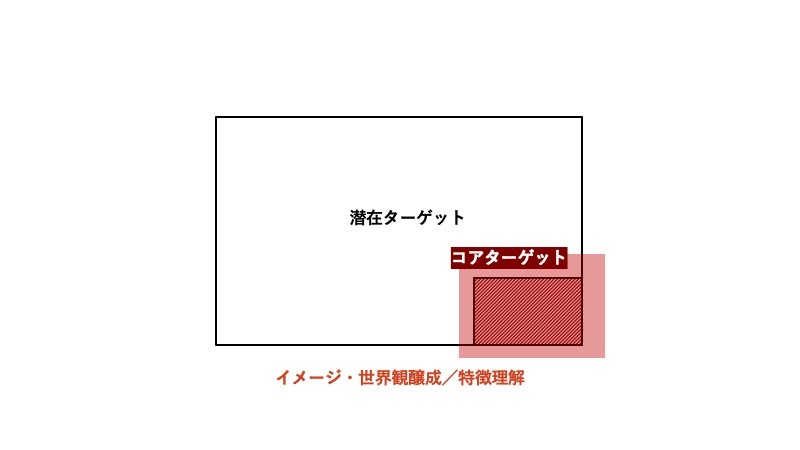
 The "Reach Approach" maximizes television's reach power.
The "Reach Approach" maximizes television's reach power.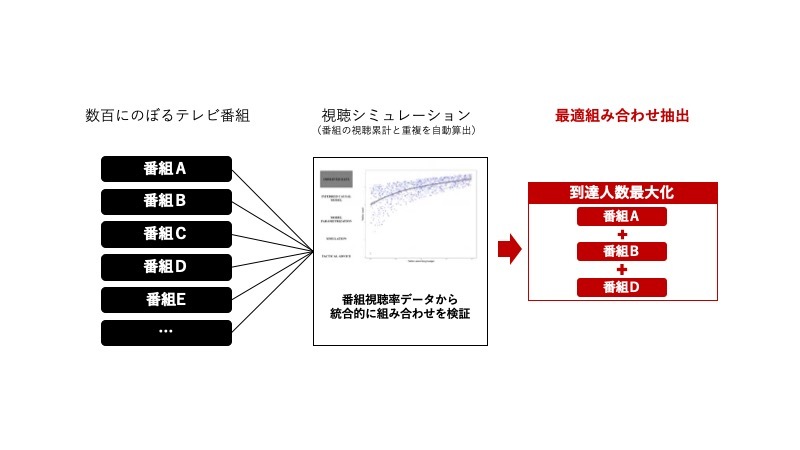
 The "Frequency Approach" leverages the "continuous viewing effect," a characteristic of television programming as a medium.
The "Frequency Approach" leverages the "continuous viewing effect," a characteristic of television programming as a medium.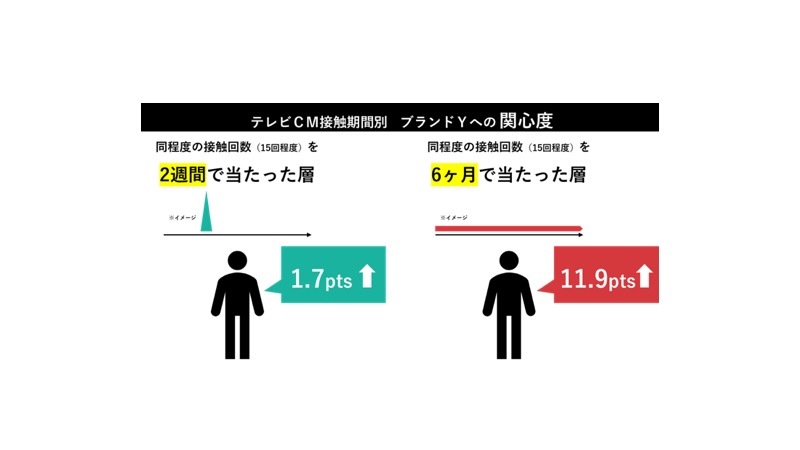
 The "Moment Approach" leverages the broadcast timing of television programs, which air 24 hours a day, 365 days a year.
The "Moment Approach" leverages the broadcast timing of television programs, which air 24 hours a day, 365 days a year.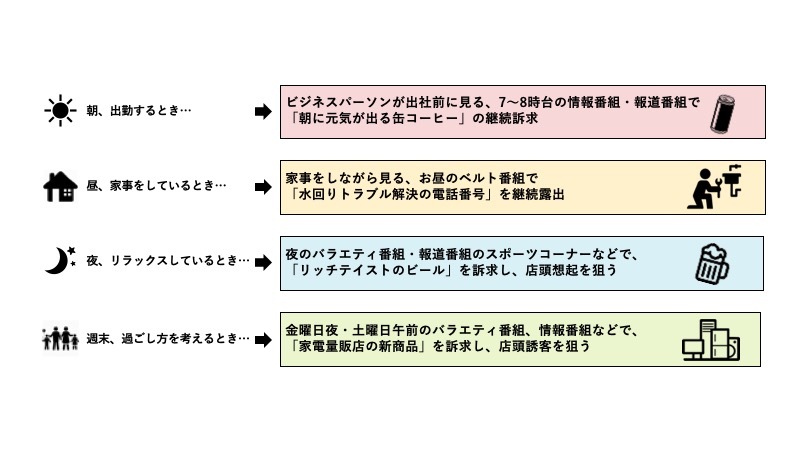
 The "Context Approach" leverages the context of TV program content and distinctive viewer attributes.
The "Context Approach" leverages the context of TV program content and distinctive viewer attributes.
